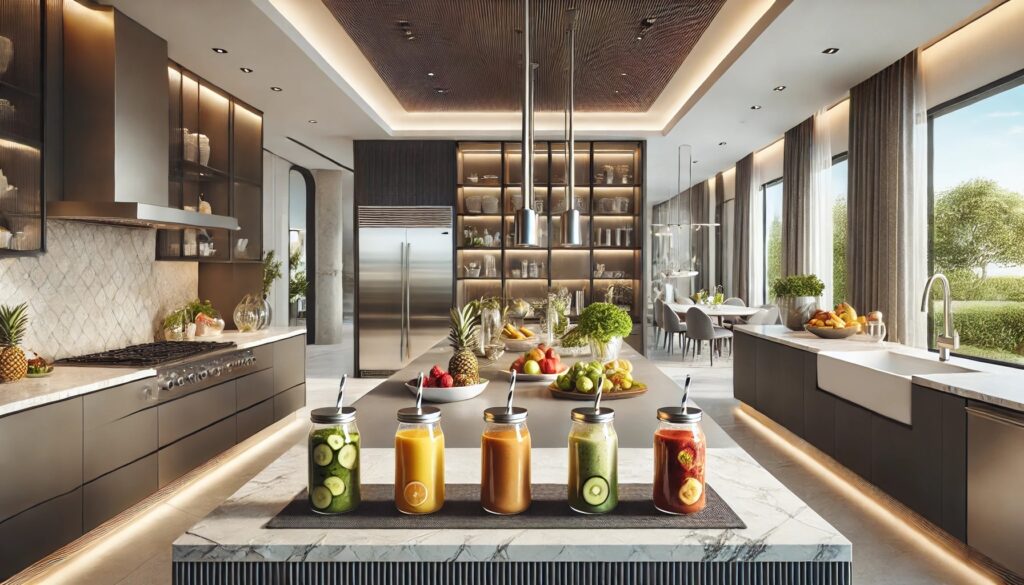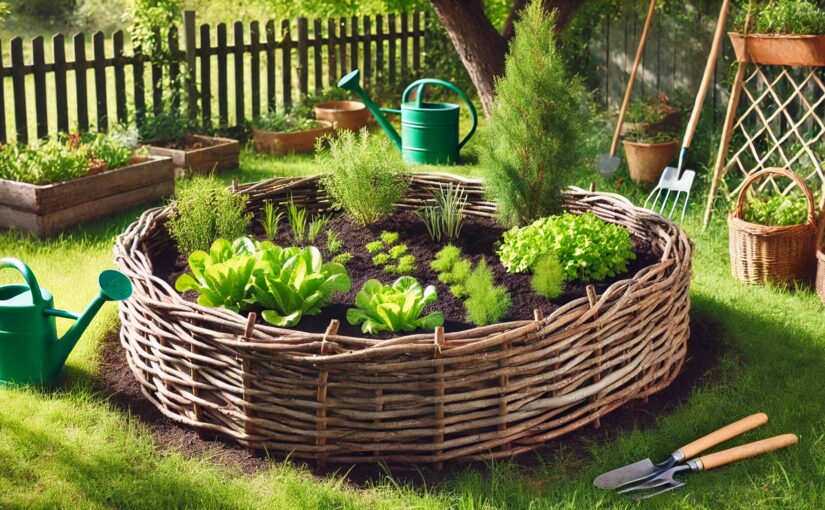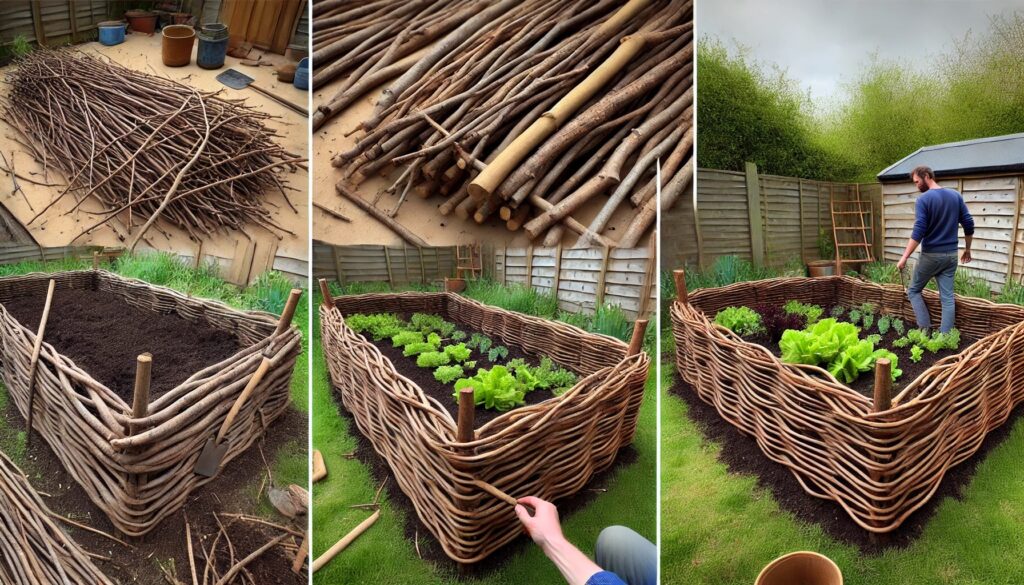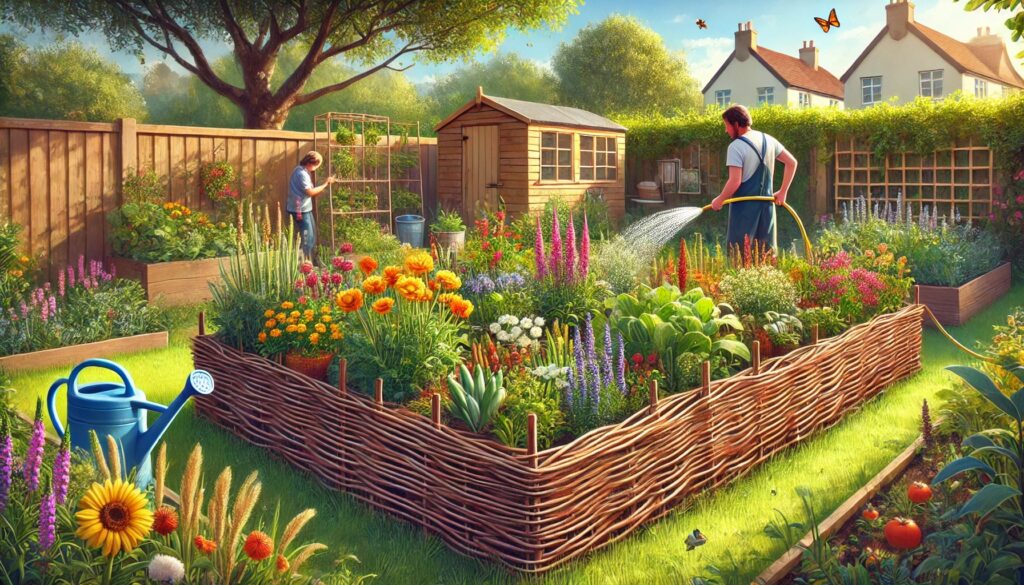Imagine waking up in the morning, throwing on your running shoes, and hitting your very own jogging trail that winds along the boundaries of your property. Afterward, you cool off with a few laps in your private 25-meter swimming pool. You’ve got your own personal gym on the upper floor, complete with panoramic views that make you feel like you’re working out on top of the world. This is the dream—a house fit for an Olympian. Every day can be like the Olympics.
But how do you go about creating such a magnificent property? Let’s explore how you can build an Olympic-themed home that’s perfect for aspiring athletes, fitness enthusiasts, or anyone who just loves the idea of living in a space that encourages an active, healthy lifestyle.

The Jogging Trail: Run Like a Champion
The first step in building your Olympics dream house is to plan your jogging trail. Picture this: a smooth, well-paved path that hugs the boundaries of your property, allowing you to get in your daily run without ever leaving home. The trail should be long enough to provide a decent workout but also versatile enough to be used for walking, cycling, or even rollerblading.
Pro Tip: Consider adding a few gentle slopes and turns to your trail to mimic the natural terrain of a cross-country course. You could even include some strategically placed benches along the way for those days when you just want to take it easy and enjoy the view.
Imagine how appealing a custom jogging trail could be to potential buyers, if one day you want to sell your house. It’s a unique feature that screams luxury and health-conscious living—a combination that’s hard to resist.
The Swimming Pool: Dive into Luxury
Next on the list is your swimming pool—a 25-meter, one-lane beauty that’s perfect for both serious swimmers and those who just enjoy a leisurely dip. While an Olympic-sized pool might be a bit excessive (unless you’re training for the next games), a 25-meter pool strikes the perfect balance between practicality and indulgence.
When designing your pool, think about how you’ll use it. If you’re a competitive swimmer, you’ll want to ensure the lane is straight and true, with minimal turbulence as you glide through the water. For a more relaxed vibe, consider incorporating a waterfall feature or a few underwater lights for nighttime swims.
And let’s not forget the poolside area—deck it out with comfortable lounge chairs, a shaded pergola, and perhaps even an outdoor kitchen for those post-swim snacks. Your pool should be a place where you can both work out and unwind, making it a true focal point of your Olympics-themed home.

The Gym with a View: Lift, Stretch, and Breathe
No Olympic-themed home would be complete without a state-of-the-art gym. Located on the upper floor, your gym should offer stunning views—whether it’s of rolling hills, a serene lake, or even your own backyard oasis. The key is to create a space where you’re motivated to move.
Outfit your gym with all the essentials: free weights, a treadmill, a stationary bike, and plenty of space for yoga and stretching. You might also consider adding a few high-tech gadgets, like a smart mirror that doubles as a personal trainer, or a sound system that lets you blast your favorite workout tunes.
Humorous Note: Of course, if you’re not quite feeling like an Olympian, this gym can easily double as a storage room for those dumbbells that mysteriously gather dust. But hey, at least it’s there when you need it!
The Sauna: Sweat It Out Like a Pro
After a long workout (or a short one—it’s the thought that counts), nothing beats a session in your very own sauna. This is where you can relax your muscles, sweat out the toxins, and reflect on your Olympics-journey to fitness greatness. Plus, saunas are known to have numerous health benefits, from improving circulation to aiding in recovery.
Your sauna can be located inside the house, perhaps adjacent to the gym, or outside, nestled in a quiet corner of your garden. Either way, make sure it’s big enough to stretch out and enjoy the heat without feeling cramped.
The Entertainment Room: Celebrate Your Wins
Even the Olympics need a place to kick back and relax, and that’s where the entertainment room comes in. Whether you’re into movies, video games, or just hanging out with friends, this space should be designed for fun.
Consider installing a large-screen TV, comfy seating, and maybe even a bar area stocked with your favorite drinks and snacks. And if you’re feeling particularly indulgent, why not add a pool table, dartboard, or even a mini bowling alley?
Note: You’ve trained hard; now it’s time to unwind. Remember, every gold medalist needs a place to celebrate their victories—even if those victories are just surviving another day of adulthood.
The Garden: A Green Haven
No Olympic-themed house would be complete without a beautiful garden—a place where you can reconnect with nature and find peace amidst the hustle and bustle of daily life. Consider planting a mix of flowers, shrubs, and trees to create a lush, green sanctuary. And don’t forget to add a few benches or a hammock where you can sit and enjoy the fruits of your labor.
If you’re looking to sell your property, a well-designed garden can be a huge selling point. It adds curb appeal, increases property value, and provides a tranquil space for relaxation and reflection.
The Guest House: Invite the Team
Finally, why not add a guest house to your Olympics estate? This is the perfect place to accommodate friends and family when they come to visit—or to rent out as a vacation spot for fitness enthusiasts. Your guest house could even have its own mini gym, a cozy living area, and a private patio where guests can unwind after a day of training.
Pro Tip: A guest house is also a great investment. It adds versatility to your property and can be a major draw for buyers looking for a place that can accommodate multiple generations or provide rental income.
Conclusion: Going for Gold
Building a house fit for the Olympics is about more than just creating a space where you can work out. It’s about designing a home that inspires you to live your best life, every single day. Whether you’re an aspiring athlete or just someone who enjoys staying active, an Olympic-themed home offers the perfect blend of luxury, practicality, and fun.
And who knows? Maybe one day, when you’re listing your property for free or browsing farms for sale in Europe, you’ll look back and realize that you built more than just a house—you built a legacy.
So, lace up your running shoes, jump into that pool, and start living the Olympic dream. Because in this house, every day is a gold medal day.









